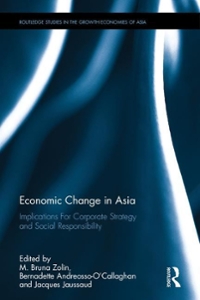Question
Read the article and answer the question based on what you read. Please DO NOT PLAGIARISM. 8. What do empirical studies (evidence) indicate in regards
Read the article and answer the question based on what you read. Please DO NOT PLAGIARISM.
8. What do empirical studies (evidence) indicate in regards with PTAs and its impact?
Article: Separating the effects of preferential trade agreements from everything else that is happening in the world economy poses some difficult empirical challenges. In the case of the European Union, for example, rapid economic growth and multilateral liberalization have both been proceeding while intra-European integration has occurred. Moreover, many empirical studies have been prospective, when interest in the effects of a proposed PTA is at its height, rather than retrospectively looking back at what actually happened. Since interest in PTAs and their effects revived in the 1990s, attention has tended to focus on NAFTA and more recently-formed PTAs. But these newer agreements only have data for a few years. Moreover, these are often transition years where changes are being phased in; in NAFTA, for example, tariff reductions were scheduled to phase in over periods ranging up to 15 years.There is considerable evidence that preferential trade agreements have increased intra-regional trade among their members, as noted earlier. However, the evidence that trade is tending to become more concentrated in PTAs does not prove anything about the extent of trade diversion or trade creation. Most of the research on the effects of NAFTA and the newer regional trade agreements has been done within the context of a computable general equilibrium framework. All of these studies show trade creation greatly exceeding trade diversion. Robinson and Thierfelder (1999, p. 16) recently surveyed these studies and summarized their conclusions.Trade creation greatly exceeds trade diversion in virtually all the RTAs [Regional Trading Agreements] studied. In general, welfare for all members increases. Furthermore, welfare for old members increases as new members join the RTA, suggesting that there are gains from expanding the RTA. Features from new trade theory such as imperfect competition, increasing returns to scale, trade externalities, or dynamics generate big welfare gains, compared to models incorporating only neoclassical production structures. Domestic policy reforms in conjunction with an RTA provide additional welfare gains.
Step by Step Solution
There are 3 Steps involved in it
Step: 1

Get Instant Access to Expert-Tailored Solutions
See step-by-step solutions with expert insights and AI powered tools for academic success
Step: 2

Step: 3

Ace Your Homework with AI
Get the answers you need in no time with our AI-driven, step-by-step assistance
Get Started


